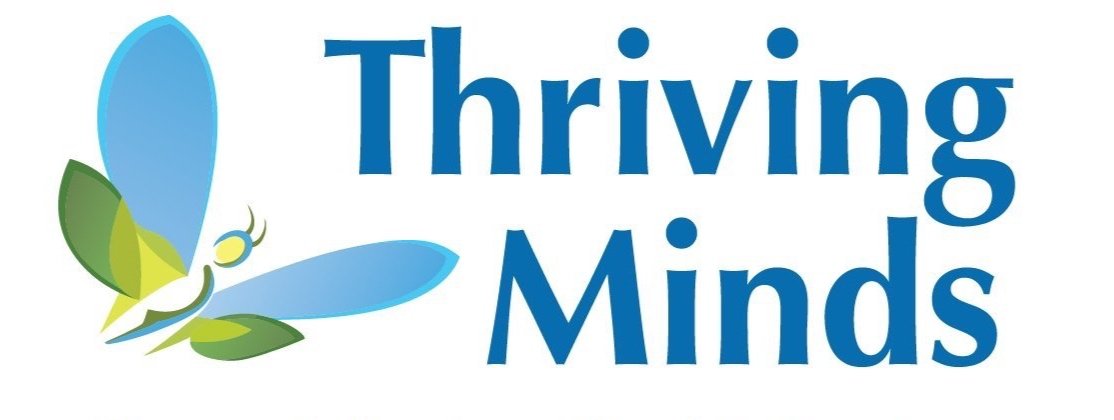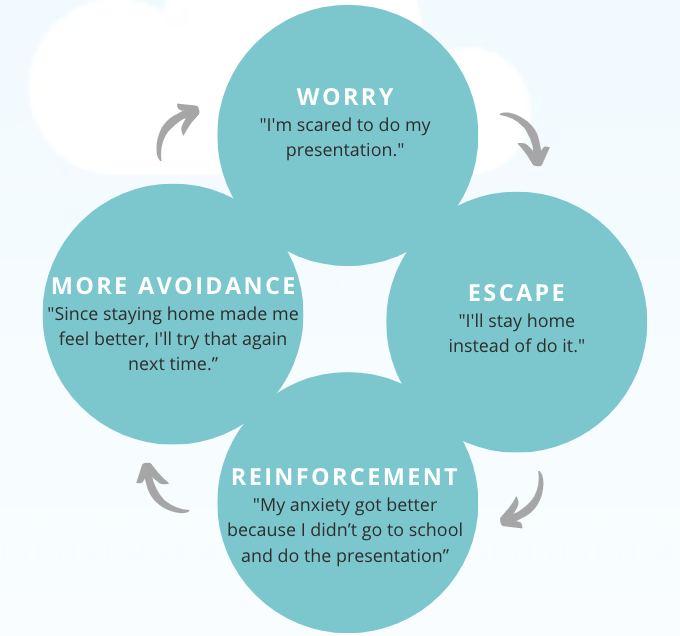Understanding the Anxiety-Avoidance Cycle in Children and Adolescents
Anxiety can be a challenging emotion for children and adolescents to navigate, often leading to a cycle of avoidance that can impact their daily lives and academic success. In school or clinical settings, recognizing and addressing this cycle is crucial for providing effective support and intervention.
Anxiety in young individuals can manifest in various ways, from social anxiety that makes group activities daunting to specific phobias that trigger intense fear responses. When faced with situations that provoke anxiety, such as speaking in front of classmates or encountering a feared object, many children and adolescents naturally seek to avoid these triggers. For instance, a student with social anxiety might skip class presentations or lunchtime gatherings to evade potential embarrassment or discomfort.
However, while avoidance offers temporary relief, it inadvertently reinforces anxiety over time. By avoiding anxiety-inducing situations, young individuals miss out on opportunities to discover that their fears are often manageable. This reinforcement of avoidance can create a self-perpetuating cycle, where anxiety grows stronger and avoidance becomes the default response.
In educational settings, this cycle can significantly impact academic performance and social development. For example, a student who avoids asking questions in class due to anxiety about speaking up may struggle to understand lessons, leading to academic setbacks. Similarly, a teenager avoiding social interactions might experience loneliness and isolation, affecting their overall well-being and ability to form healthy relationships.
Recognizing the signs of anxiety-driven avoidance is crucial for educators and clinicians working with young individuals. Common indicators include frequent complaints of physical ailments (like stomachaches or headaches), reluctance to participate in certain activities, or a pattern of absenteeism related to specific triggers.
Interventions for breaking the anxiety-avoidance cycle involve a combination of strategies tailored to the individual's needs. Cognitive-behavioral techniques, such as gradual exposure therapy, can help desensitize individuals to their fears in a supportive environment. For instance, a child afraid of dogs might start by looking at pictures of dogs and gradually progress to being in proximity to a calm and friendly dog under supervision.
Furthermore, fostering a supportive and understanding environment is essential. Educators and clinicians can play a pivotal role by creating inclusive classrooms or therapy spaces where students feel safe expressing their anxieties without judgment. Encouraging small, achievable goals and celebrating progress can boost confidence and motivate individuals to confront their fears.
It's important to note that addressing the anxiety-avoidance cycle requires collaboration between educators, clinicians, parents, and the young individuals themselves. Open communication and a holistic approach can ensure comprehensive support and empower children and adolescents to navigate their anxieties effectively.
Breaking the anxiety-avoidance cycle is a journey that requires patience and persistence. By equipping young individuals with coping strategies and fostering resilience, we can help them manage their anxieties and thrive in both academic and social spheres. Through empathy and tailored interventions, we can transform anxiety from a barrier into an opportunity for growth and self-discovery.

